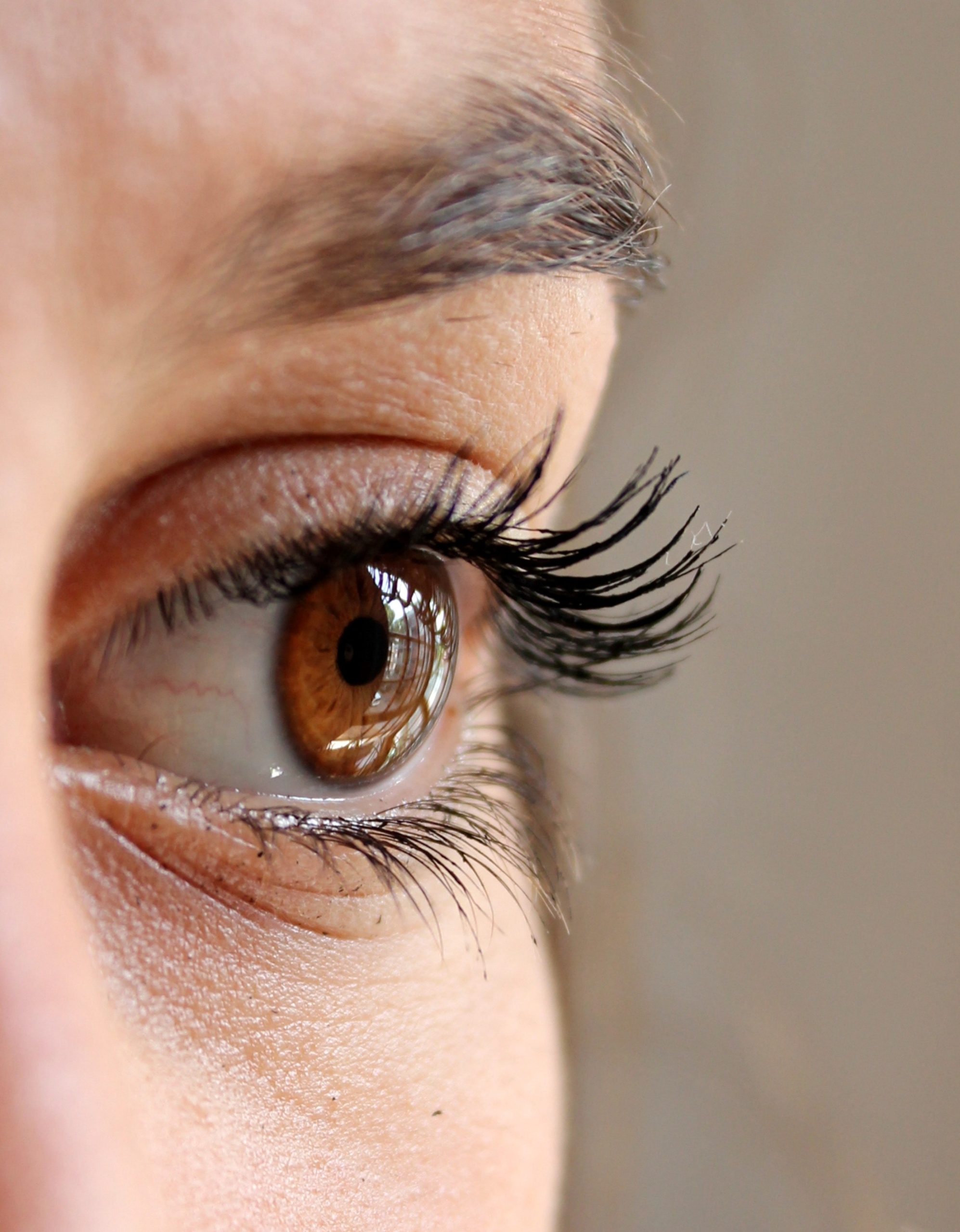What is Pink Eye? Conjunctivitis is the inflammation or irritation of the conjunctiva, the clear mucous […]
Today’s technology allows for many alternatives to correcting refractive errors than simply wearing glasses. Patients with […]
Vision Care Near Boston for the Whole Family: Children’s Eye Exams Should Be Scheduled Regularly Regular […]
Diagnosing and Treating Eyelid and EyeBall Lumps and Bumps One of the more common eye problems […]
The most common vision condition is hyperopia or hypermetropia, generally known as farsightedness. Those with hyperopia […]
A highly common vision condition is myopia, or nearsightedness. People diagnosed with myopia generally have difficulty […]
Astigmatism is another highly common vision impairment, and it often occurs along with nearsightedness or farsightedness. […]
Accommodation is really nothing more than the eye continually focusing and refocusing on the objects around […]






